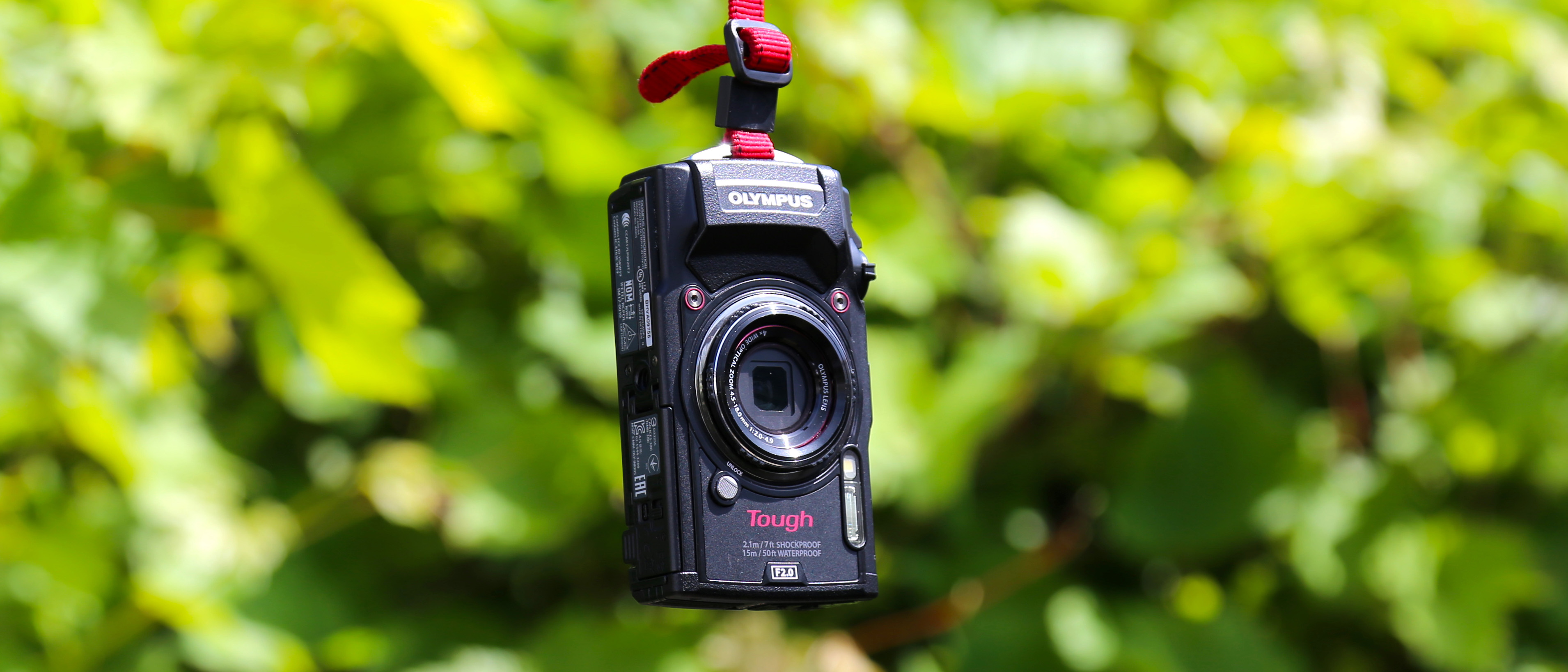TechRadar Verdict
It's not perfect and it's not for everyone, but the Tough TG-5 is the best ‘tough' camera around. However, at its high price, it absolutely should be
Pros
- +
Travel-proof design
- +
Records raw files
- +
4K video
- +
GPS/action tracking
- +
Vibrant daytime images
- +
Recharges via micro USB
Cons
- -
User interface is confusing
- -
Expensive for a compact
- -
Fiddly apps
- -
Average battery life
Why you can trust TechRadar
The Essential Review
This is TechRadar’s review summary that gives you all the key information you need if you’re looking for quick buying advice in 30 seconds – our usual full, in-depth review follows.
The Olympus Tough TG-5 is no DSLR-killer. Instead, this is a camera aimed at outdoor types frustrated by the poor quality of photos and videos from action cameras. Don't expect the finest low-light photos ever, but a fast 25-100mm lens with a maximum aperture f/2.0 (unusual for a waterproof compact) and 20fps burst shooting puts it leagues ahead of action cameras if stills photography is your main concern and, crucially, ahead of other 'rugged' cameras.
What really makes it stand out is the fact that Olympus has taken the unusual step of actually dropping the pixel count from 16MP on the TG-4 to 12MP here. With the pixels not quite as densely packed in on a relatively small sensor, noise performance should be that bit better. That's not forgetting the TG-5's ability to shoot raw files.
Compared to shooting JPEGs (which the TG-5 also does), raw files are untouched by the camera's processing engine. This means the file are unprocessed, but means you can make these decisions later (using Photoshop or similar) and ultimately come away with a better end result with more detail and noise handling.
However, most people will buy the TG-5 for it's tough stuff, and rightly so. The TG-5 can go down to depths of 15m underwater, while adding an optional diving case and it can go down to 45m. However, don't mistake it for being merely an underwater camera; being waterproof is also useful for hikers, bikers, kayakers, and skiers.
In fact, any outdoor pursuit is game for the TG-5, which is crushproof to 100kg and drop-proof from 2.1. It can even be used in temperatures as low as -10°C. The latter will hugely appeal to anyone going on trips in winter, whether as to the mountains on a ski trip or to the polar regions. Sure, most DSLR cameras will work down to those kinds of temperatures without any problems, but no phone or delicate travel camera will. As a bonus, it's also got built-in GPS, thermometer and compass, and a tracking mode so you can associate a particular route with a set of photos and videos, the latter in resolutions as high as 4K 30 fps. That’s as good as most dedicated action cameras.
Despite its incredibly tough design, the TG-5 does have weaknesses. The TG-5's interface takes a while to get to know well, and even though it has Wi-Fi, transferring images from camera to phone is unstable and fiddly. That’s partly because there are no less than three apps from Olympus to deal with file transfer, GPS data, and photo editing.
It's not perfect and it's not for everyone, but the TG-5 is the best ‘tough' camera around. However, at its high price, it absolutely should be.
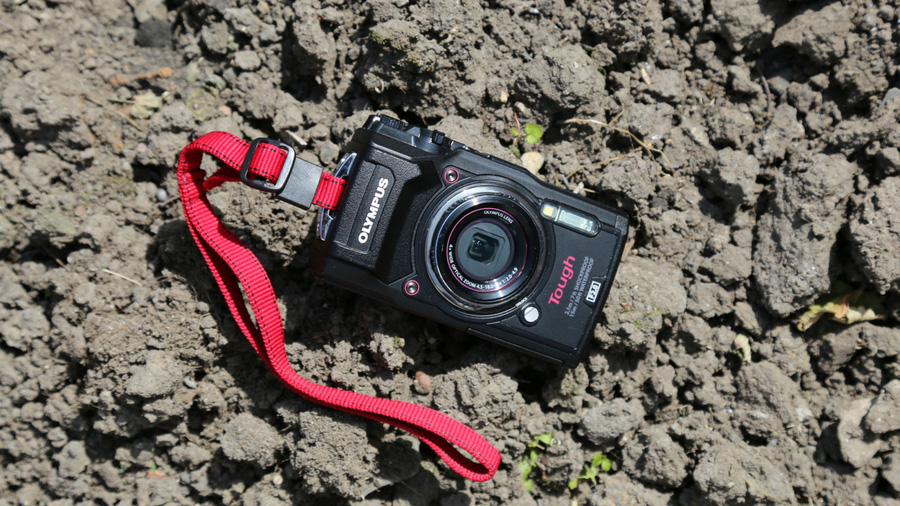
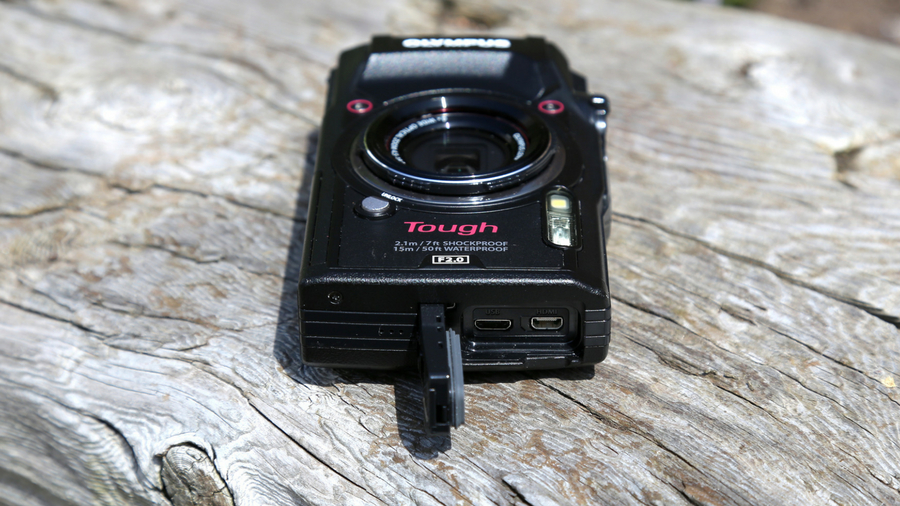
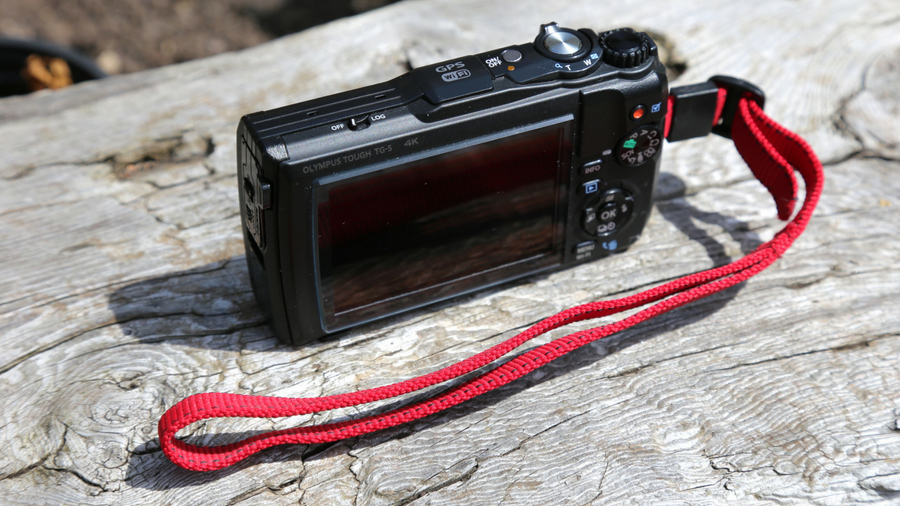
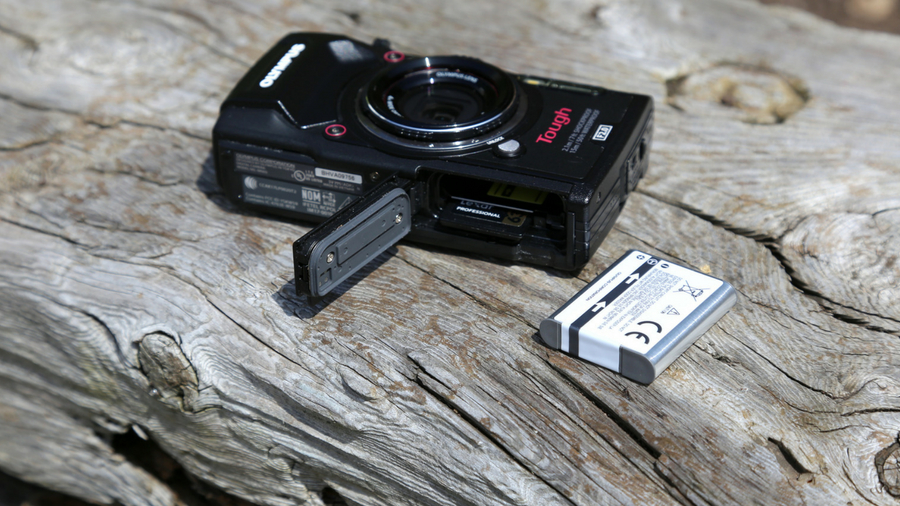
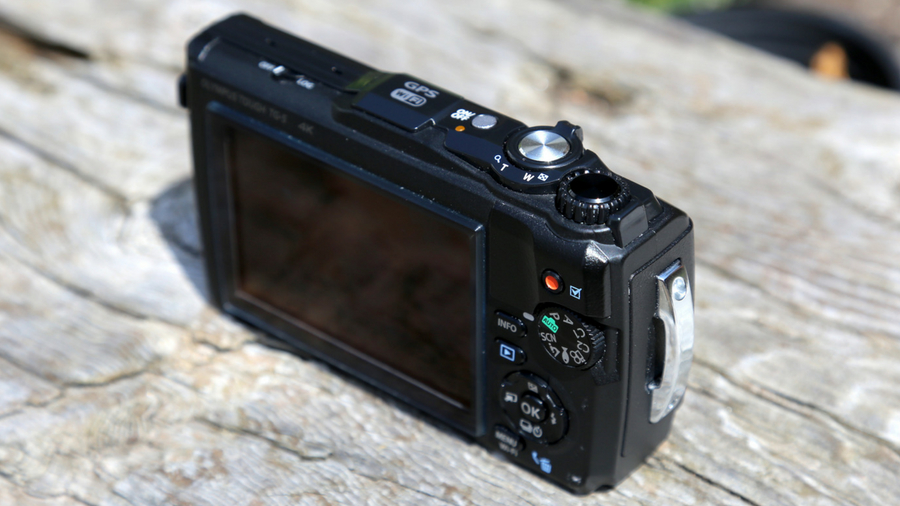
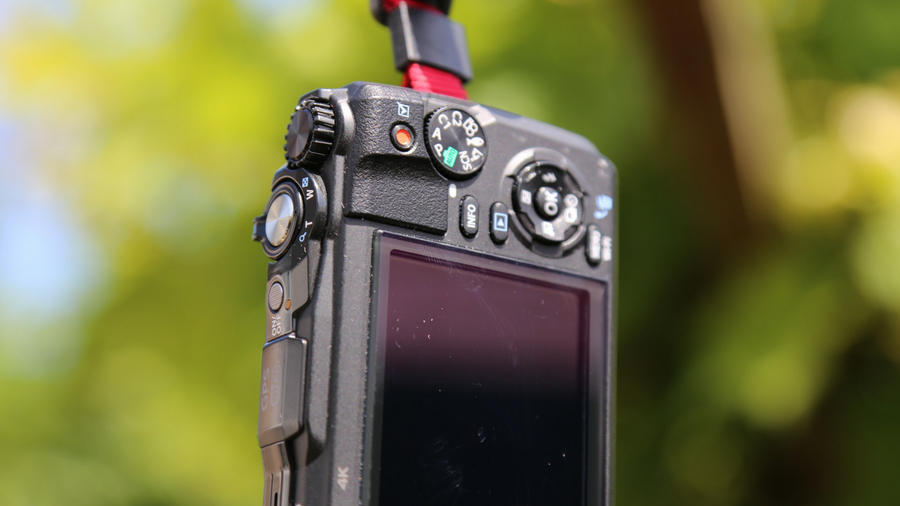
Who’s it for and should I buy it?
The Tough TG-5 is mostly for outdoor types. It's for those that need to travel light while hiking, climbing, mountain biking, skiing, yachting or kayaking, but who feel limited by a phone's physical limitations and the fixed lens photos of an action camera. If you need a camera that you can whip out on the piste, beneath a waterfall or during a rainstorm, then the TG-5 is for you.
Further pushing its ‘travel light’ philosophy is the TG-5’s ability to be recharged via micro USB. That means you can refuel it on-the-go from a portable smartphone battery, or even a laptop.
However, this clever compact offers a something more than its waterproof, drop-proof, freeze-proof and crushproof design suggests. If you’re the kind of person who always used take your DSLR on trips, but now begrudgingly rely on your phone’s photos, the TG-5 is also aimed at you. We say that because of its capability with raw files, which let you post-process to your heart’s content once you’re returned from a trip. That’s not something you can do reliably with a smartphone or most compact cameras and action cameras, and it means only one thing; better photographs.
Olympus Tough TG-5 price
- Current price: £419.99 / $379 / AU$599
The most advanced ‘tough’ compact for travel
- Shoots raw images
- 4K 30fps video
- Versatile 25-100mm zoom lens
Sensor: 1/2.3-inch, 12MP
Lens: 25-100mm, f/2-4.9
Screen: 3.0-inch, 460K dots
Viewfinder: No
Continuous shooting: 20fps
Movies: 4K/30fps
Battery life: 340 shots
User level: Beginner/intermediate
It's tough, 'ultra-rugged' even. It's also pretty darn good at taking photos. If you're an outdoor photographer who's been looking for a tough compact with some manual controls and an ability to shoot in raw, it's best not to get too excited by the TG-5. It does all those things, and most of them really well, but let's get this in context; the TG-5 is a compact camera with a small sensor that's mostly about taking snaps in good light. Don't expect DSLR quality, but rather an advanced performance for a pocket-sized camera. Yes, it shoots in raw, which is a big advantage for anyone taking photos in low-light. That all has obvious uses for outdoor photography.
The lens itself is fast; its 25-100mm lens' optical zoom is obviously limited to 4x by needing to stay beneath a glass enclosure to protect against water. However, in use it offers a reasonably wide-angle and optical zoom, while there are several 'microscopic' macro close-up modes including focus bracketing and focus stacking modes, and a ton of 'scene' presets and filters.


Uniquely for a compact ‘tough’ camera of such mid-range stature, there are also a lot of accessories for the TG-5. The PT-058 underwater case and UFL3 underwater flash means it can become a diving camera at 45 metres. Since the native case is only good enough for 15m, that could extend its appeal. You can also buy a basic silicon jacket to stop it getting scratched, a case that attaches to a belt-loop using a carabiner, and both fisheye and tele converters. However, perhaps the most intriguing accessory is the CSCH-123 Sport Holder, a holster that holds the TG-5 while also allowing it to be attached by a spiral safety cord. That's ideal for rock climbers – and how many cameras can you say that about?
Comprehensive design, but the UI takes some getting to know
- Waterproof to 15m & drop-proof from 2.1m
- Freezeproof to -10°C & crushproof to 100kg
- User interface is not intuitive
The TG-5 is all about its tough credentials. Being waterproof to 15m makes it good for snorkelling and shallow dives, while being crushproof to 100kg means you can take it skiing and keep it in your salopettes without having to worry if you fall on it when you white-out. Having experienced the dreaded ‘frozen phone’ at 0°C while on the mountainside, skiers and hikers will most easily appreciate the TG-5’s ability to work down to -10°C. Meanwhile, being drop-proof from 2.1m will surely suit all users.
Aside from its armour, the TG-5’s physical design and button arrangement is good. Weighing 250g and measuring 113 x 66 x 32 mm, there's a lot more to the TG-5 than most compact cameras, with plenty of dials and buttons. The GPS module sits in the centre at the top of the camera, next to a lever that puts it into log mode, which will track your movements (and sap the TG-5’s battery). You can import this field sensor data – which includes temperature and altitude – as maps and graphs on the Olympus Image Track (OI.Track) app. It works well, but it would be much better if it was integrated into the main Olympus Image Share (OI.Share) app that the TG-5 uses to transfer files to a phone.
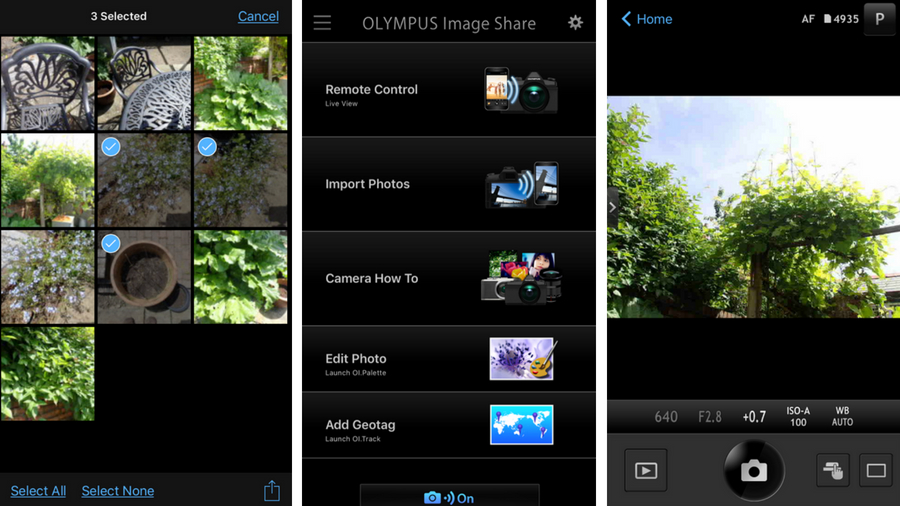
On the right-hand side of the lens is an ergonomic grip, while above is a dial between the shutter button and the zoom lever. It can be used to scroll through options on the onscreen user interface, which takes a little getting to know. It relies rather too much on the 'OK' button on the back of the camera, and despite being (perhaps too) simple, just didn't feel intuitive. There also seems to be many ways to get the same setting, which adds a layer of confusion, at least for the first few days.
However, that dial on the top of the TG-5 is primarily there to switch between some semi-manual settings for aperture and shutter speed, but it majors on its 'scene' setting. Within that there's a division of people, motion, indoors, nightscapes and scenery, with various combinations such as portrait and landscape, fireworks, HDR, live composite and handheld starlight mode. However, there are some reasonably advanced features, such as face-detection auto-focus, manually selected auto-focus points, and manual focus, which is all unusual on a point-and-shoot.
Image quality
- Focus stacking for macro images
- Shoots raw files
- Plenty of detail rendered
The most impressive aspect of the TG-5 is that is shoots in the raw format. It might sound like a feature you don’t need, but in practice the option to to process an ORF file (an Olympus Raw Image file that stores unprocessed image data) is incredibly useful.
It’s mostly about low-light. Although the TG-5’s f/2.0 lens makes it better than most compact cameras in low light, the compression used to create a JPEG leaves the result stained with noise at about ISO800. However, put the .ORF file into post-processing software, such as Photoshop, and you’re suddenly working with a ‘proper’ file containing plenty more information and detail. Yes, you can remove blemishes more easily, but you can also tweak many more parameters of the photo without introducing artefacts.
Just bear in mind that even with the TG-5 set to record in super-fine JPEG and RAW, the compressed JPEG that flashes-up as a preview on the LCD screen doesn’t bear much resemblance to what you’ve just captured. In that way, using the TG-5 is more like using a DSLR than a compact camera.

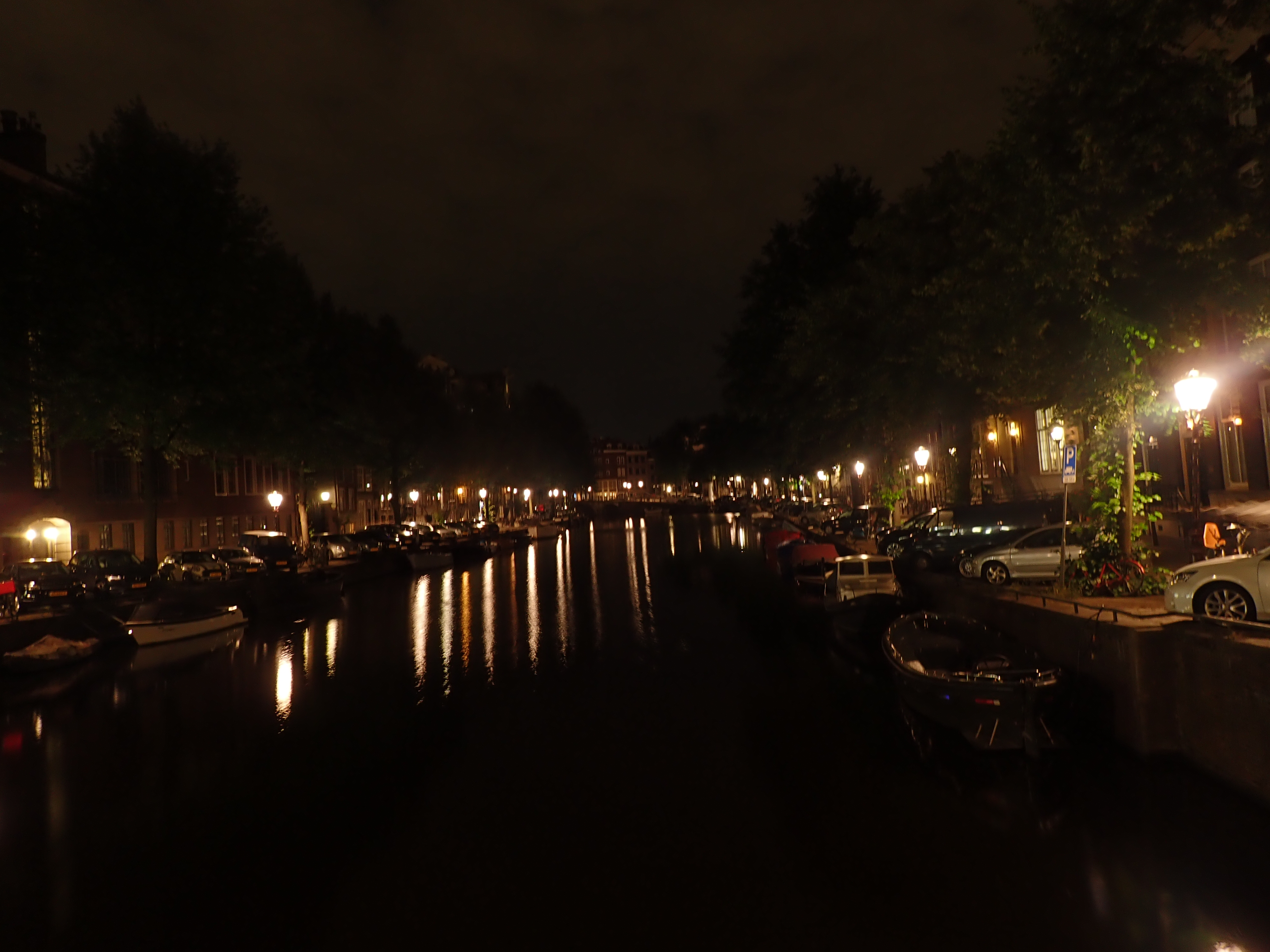
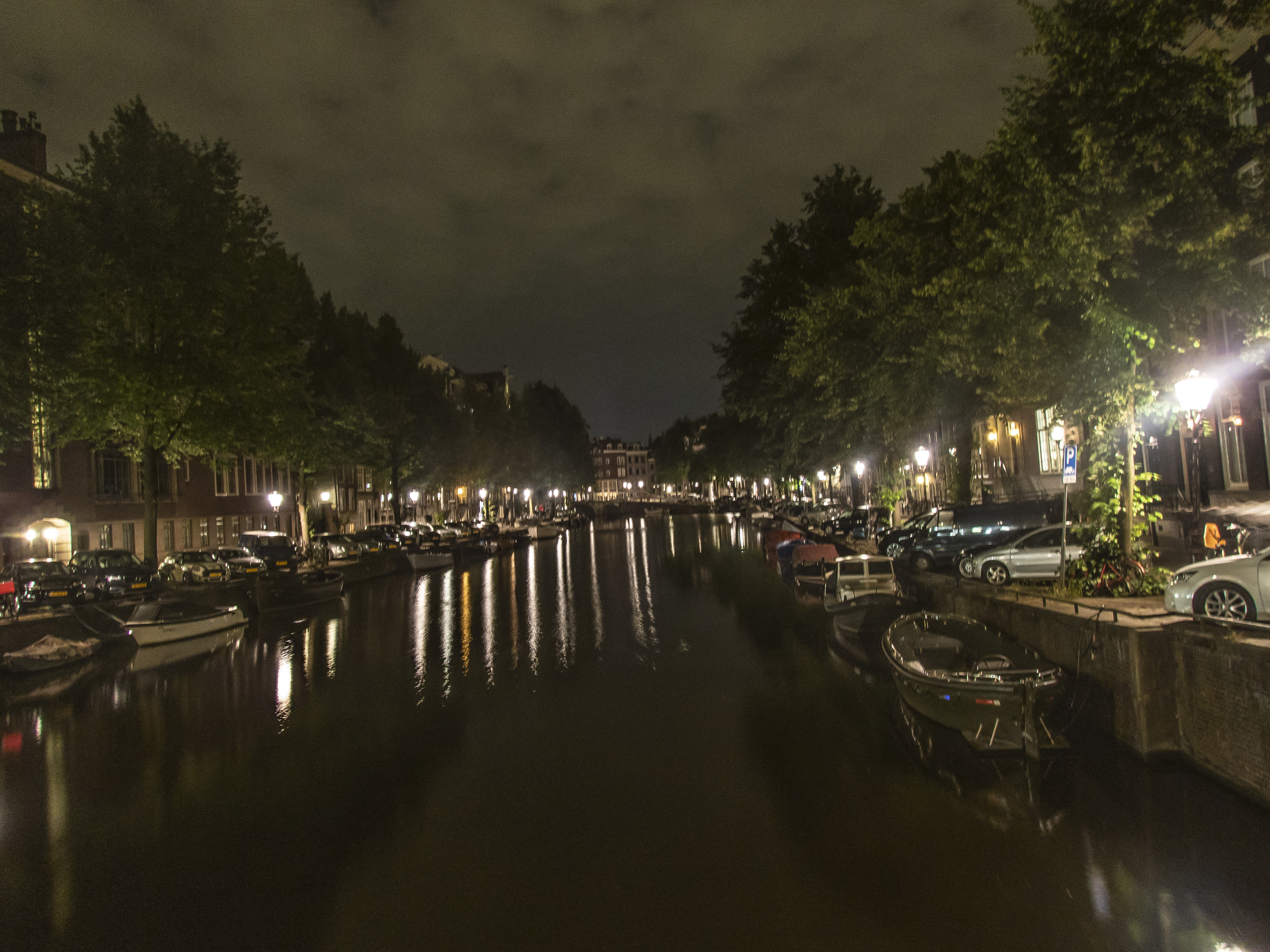
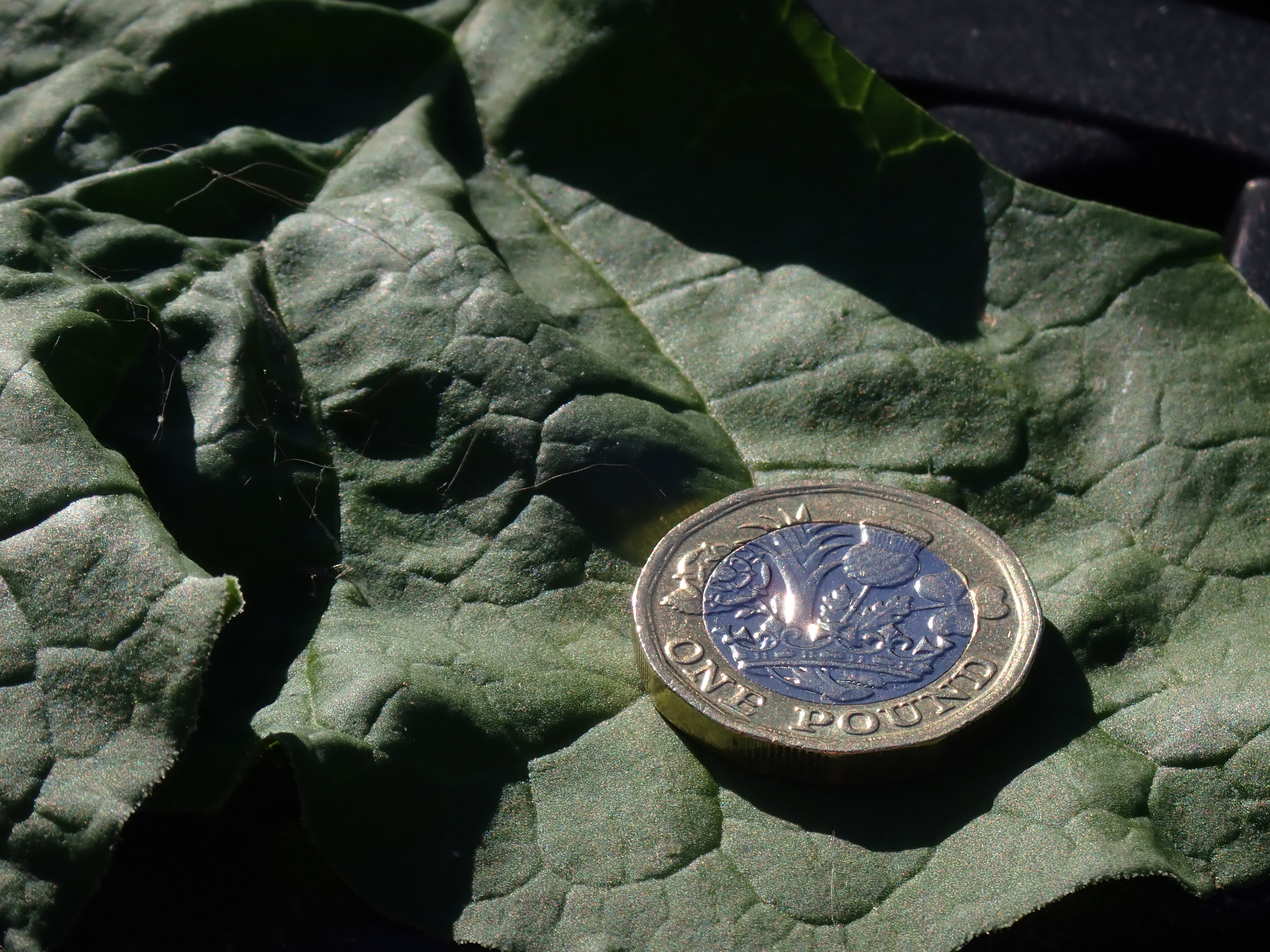


However, there’s more to the TG-5 than that capability with raw files. Like any camera, and especially a small compact, it does its best work when used outdoors in bright conditions. That’s where the TG-5 will do most of its work since it’s largely designed for hikes, biking, kayaking, ski trips and days out on the beach. In such conditions, colors are nicely saturated when using the automatic modes, with a clear blue sky particularly well handled. The various HDR modes are also worth checking-out.
Unlike most compact ‘tough’ camera, the TG-5 can record in 4K video, but there is a catch. If you depress the record button, the TG-5 begins recording in Full HD 1080p resolution. Only if you actually turn the dial on the top of the camera to video mode can you then choose 4K mode, which offers 30fps (though Full HD 1080p tops-out at 60fps). That’s pointlessly confusing, but the resulting 4K video is at least sharp, smooth and well-saturated.
As with most compact cameras, the TG-5 offers macro zoom modes for super close-ups. However, the TG-5 does have two intriguing sub-modes; focus stacking and focus bracketing. The former takes eight photos with varying focus before producing a single image, which increases the depth of field, while the latter allows you to take manual control of that process, allowing up to 30 separate images. In practice, we weren’t much impressed with either mode’s depth of field results, but the macro images were super-sharp.
Not convinced? Try these…
If the Tough TG-5 isn’t for you, here's three excellent choices for you to consider instead:
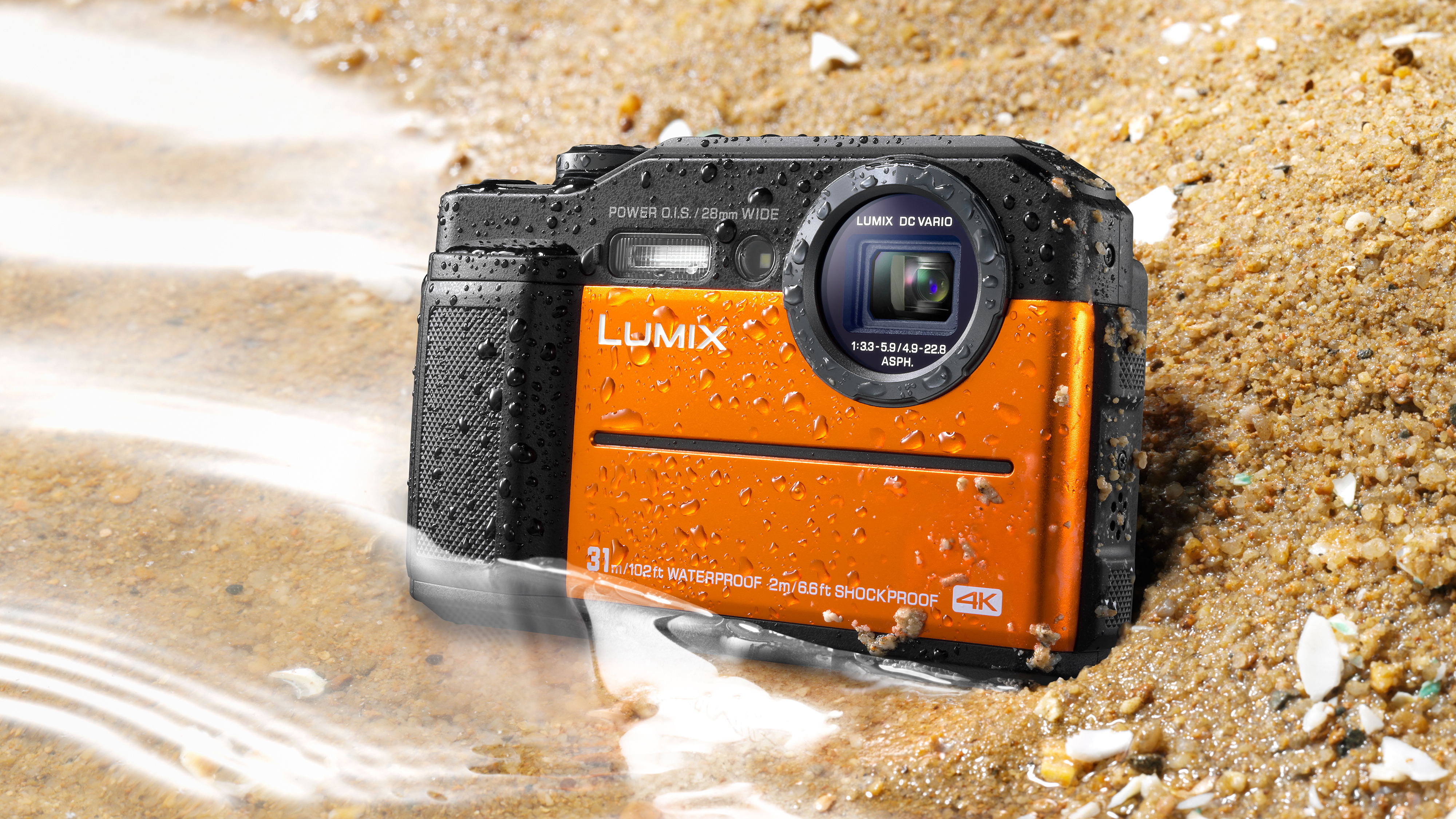
Panasonic Lumix TS7 / FT7
There's lots to like about the Lumix TS7 / FT7, including 4K video and a built-in electronic viewfinder. This is potentially let down by a sensor that crams too many pixels onto a relatively small area. There’s also no raw option.
Read our in-depth Panasonic Lumix TS7/FT7 hands-on review
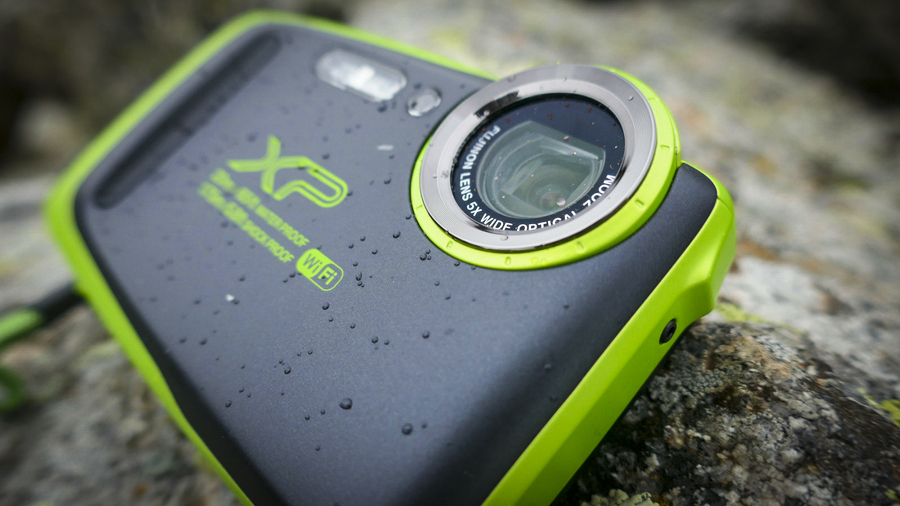
Fujifilm FinePix XP130
At just 207g it’s much smaller than the TG-5, but there’s a lot less quality on offer. Not only does it not shoot in raw or produce 4K video, but images are soft and the battery life is short. If you're on a budget though and want a waterproof camera, this is the one to go for.
Read our in-depth Fujifilm FinePix XP130 review
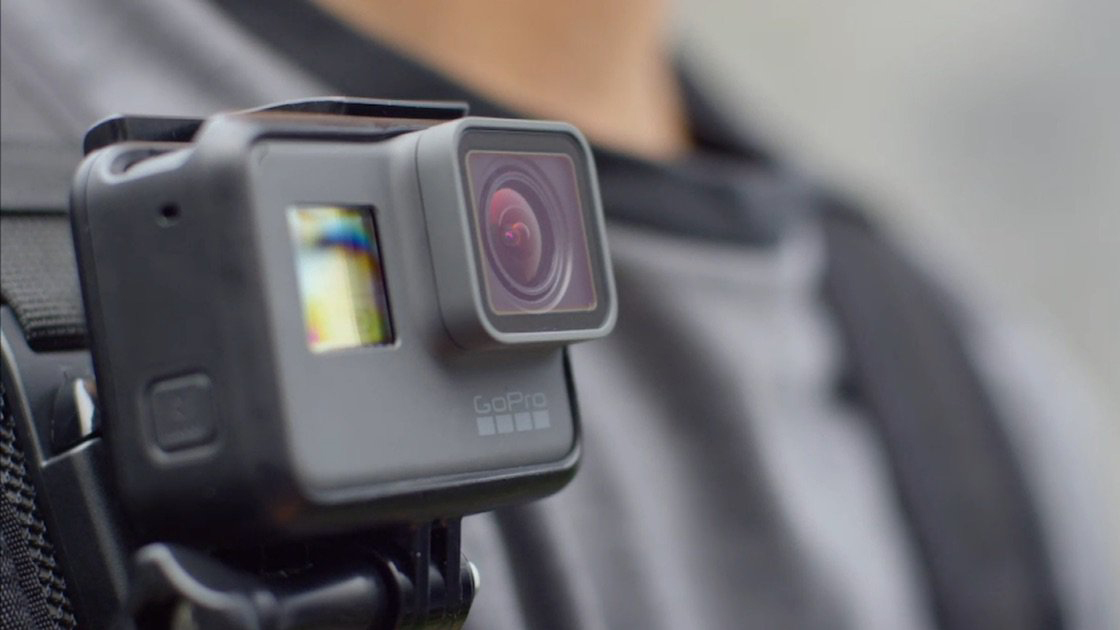
GoPro Hero5 Black
If you want to film your exploits as well, then you might want to consider an action camera like the brilliant GoPro Hero5 Black. Shooting buttery-smooth 4K video, it can also shoot 12MP raw files as well.
Read our in-depth GoPro Hero5 Black review
Jamie is a freelance tech, travel and space journalist based in the UK. He’s been writing regularly for Techradar since it was launched in 2008 and also writes regularly for Forbes, The Telegraph, the South China Morning Post, Sky & Telescope and the Sky At Night magazine as well as other Future titles T3, Digital Camera World, All About Space and Space.com. He also edits two of his own websites, TravGear.com and WhenIsTheNextEclipse.com that reflect his obsession with travel gear and solar eclipse travel. He is the author of A Stargazing Program For Beginners (Springer, 2015),
